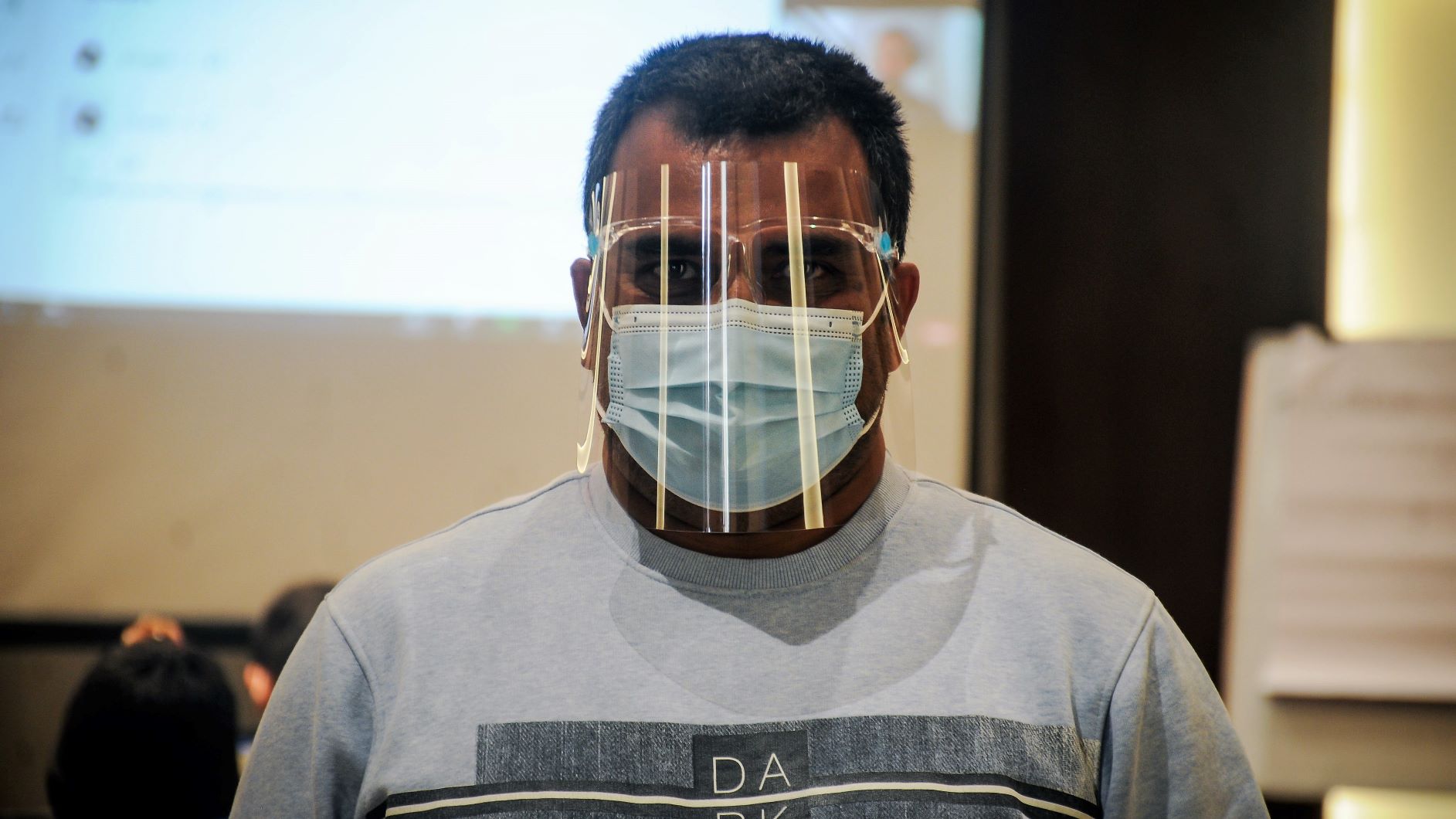‘People are not interested’ is my conclusion after half-a-day monitoring of municipal poll booths in my municipality – Madhyapur Thimi of Bhaktapur.
“How many so far?”
“Six, then two – total nine.”
Two-and-half hours after the voting began, a friendly policeman guarding the gate of Adarsha Secondary School, Sanothimi told me. I was with the Kantipur TV crew, and when Jagat Nepal, a reporter with KTV, asked the other policeman on the camera, he told it was 30. The policeman whom I was talking to looked at his senior and smiled mischievously to me.
The situation is more-or-less similar in all seven voting booths I visited this morning. Even if we believe that it was 30 at that venue (with total of 2,088 voters), it wasn’t a great turnout. At four booths, we weren’t told the number; neither were we permitted to enter the main voting area. At other three, the number we were told were 25 out of 2,961 at Janapremee Primary School, Kaushaltar; 50 out of 1870 at Digu Bhairavstan, Digutol and around 100 out of 2,200 at Health Post, Lokanthali.
With six-and-half hours, the number could grow much more (but when the municipal elections were held some six years ago, the first few hours was the most crowded time). Seeing the indifference among the general public in the neighborhood I live, I don’t think there would be considerable growth.
For the first one-and-half hour, I spent my time at the booth five-minute walk from my house which was for the people of my area. During that time I saw around 20 people voting – around 10 of those were relatives to a candidate of ward chairman, six were the government officials and others locals.I was just outside the entrance of the booth guarded heavily by army and police. I asked an official, who was loitering around, if I could vote.
“Is your name on the voters’ list?”
“Yes.”
“Then you can if you have any identification.”
“I have no identification.”
“Student card, citizenship or any other id card?”
“No.”
“Either bring any card or you can’t.”
It was that. I then went to talk with the local leaders who were gathered at the chowk talking. They represented many poll-boycotting parties. They told me about 30 of them went inside the city area shouting slogans. And, told me that there would be around 15 per cent would vote.
At Layeku, I saw a van with registration-plate covered completely by paper. The van stopped at the booth for a few minutes and I could see the candidate for mayor and ward chairman (not that ward) in the vehicle. When the van moved, the mayor candidate smiled and greeted the standing people, but didn’t stop.Our visit at Sanothimi coincided with the inspection visit of district election officer who agreed to talk to the TV. He said the turnout wasn’t as it used to be in earlier elections and hoped the number would increase. He was body-searched by security personnel at the gate. I wondered why a person would bother about answering security queries and letting them search bodies for voting in such a condition.
At 2:00pm, the army told the people gathered at the Kaushaltar chowk either to go for voting or go to home. I was talking with three people and an army man walked toward us. We scattered and the army returned to his previous position. At the booth, I could see three girls waiting for the name-looking officer to let them vote.

Interestingly, or (luckily) the KTV van that i used to go around the booths, thanks to my friend Jagat, nearly met an accident. The steep uphill road of Thimi is well-knwon for its steepness and as the van was nearly at the top, it failed to pull up and came down in a rapid speed for about 30 meters before stopping due to the roadside pot-holes. The people nearby instantly approahed the van for a helping hand and they lifted the van to the road and pushed it to the top.
Thank god, nobody was walking on the middle at the time and oddly, thank god there were bigger enough pot-holes to stop the van.

